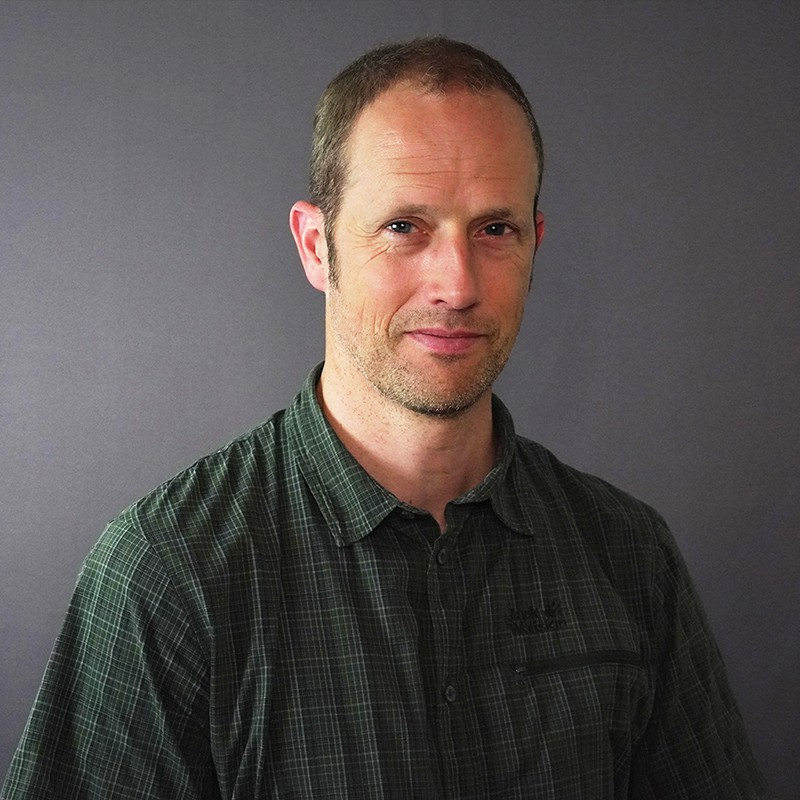Publikasjonsdetaljer
- Utgiver: Norsk Regnesentral
- Serie: NR-notat (SAMBA/08/16)
- År: 2016
- Utgave: SAMBA/08/16
- Antall sider: 195
- Lenke:
This project was started in 2002 with the overall aim of developing a cost-effective method for
surveying and monitoring cultural heritage sites on a regional and national scale. The project focuses
on the development of automated pattern recognition methods for detecting and locating cultural
heritage sites. This note describes the achievements of the project during 1 March 2015 – 1 March
2016. The project is funded by the Norwegian Directorate for Cultural Heritage (Riksantikvaren).
The project has seen two major breakthroughs in the current reporting period. Firstly, the use of deeplearning
methodology is able to dramatically improve the detection performance of semi-automatic
detection of charcoal kilns. An initial experiment indicates that 85% of the true charcoal kilns may be
detected, with only 10% false positives. A similar approach may be used in semi-automatic detection
of grave mounds. Secondly, the pilot portal has been scaled to be able to process entire airborne
laser scanning datasets. The previous version was only able to process small test data sets of less
than a few km². However, the new detection methods, based on deep learning, are not available from
the pilot portal yet.
A third major activity has been field verification of semi-automatic detections. The main focus has
been on charcoal kilns belonging to the ironwork in Lesja, Oppland County, resulting in a near
complete mapping of the kilns and producing valuable cultural-historical information.
Preliminary results from the development of the pilot portal and the use of deep learning for the
detection of charcoal kilns will be presented at international conferences in March and April 2016.
In conclusion, the project has now scientifically demonstrated that semi-automatic detection methods
work when applied to airborne laser scanning (ALS) data. This is of great importance now that large
amounts of ALS data are becoming available to heritage management because of the implementation
of the National Detailed Height-model in Norway. Project funding for one more year is vital to
implement deep learning-based methods in the pilot portal. This will turn the pilot portal into a
workhorse for semi-automatic detection of archaeological structures from airborne laser scanning
data, of great benefit for the archaeological use of ALS data


